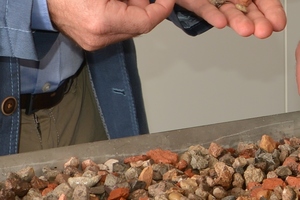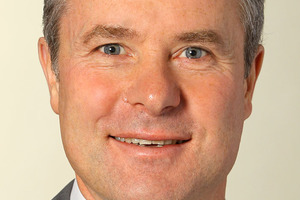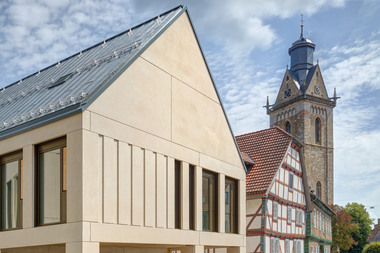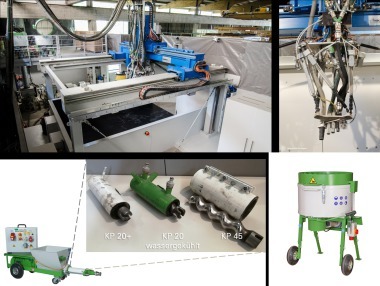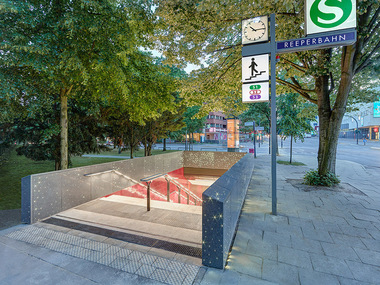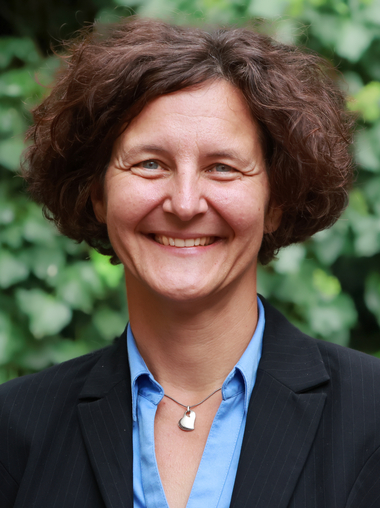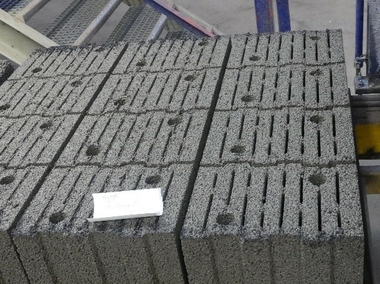Placing recycled concrete on the market
Diminishing raw materials, dense traffic and complex logistics are much-discussed topics. These issues are accompanied by the goals of minimizing negative environmental effects, closing materials cycles, and preserving raw materials. “Mine the city – utilizing the city as raw materials source” – is a topic of the future. This is the field of tension in which the concrete industry also finds itself trying to find the right balance. At Holcim, the construction engineer Hagen Aichele is responsible for the company concrete division in southern Germany and early addressed the demands that society, politics and economics is placing on the cement- and concrete-processing industry. Concrete is one of the very few construction materials that can be cleanly separated, graded and recycled after dismantling buildings. In this respect, concrete differs greatly from many other construction materials. Hagen Aichele has been involved with concrete for many years and, recently, intensively with resource-preserving concrete (RC). He has established RC as standard concrete in two concrete plants. Much energy had gone into the processes and the development before the topic of RC became part of everyday production. Additional factors are involved here: e.g., the availability of recycled aggregate as well as intensive discussions with specifiers and building contractors. R-concrete is particularly of great interest in urban agglomeration regions since, ideally, many truck kilometers from the quarry to the concrete producer can be saved there. In this way, many material cycles can be closed in the sense of recycling-based economy. RC has a great deal of potential, and offers still more food for discussion, ranging from the availability of recycling locations all the way to adjustment to the standards. Construction rubble is a recoverable material, and its use is an important contribution to resource preservation and climate protection.

